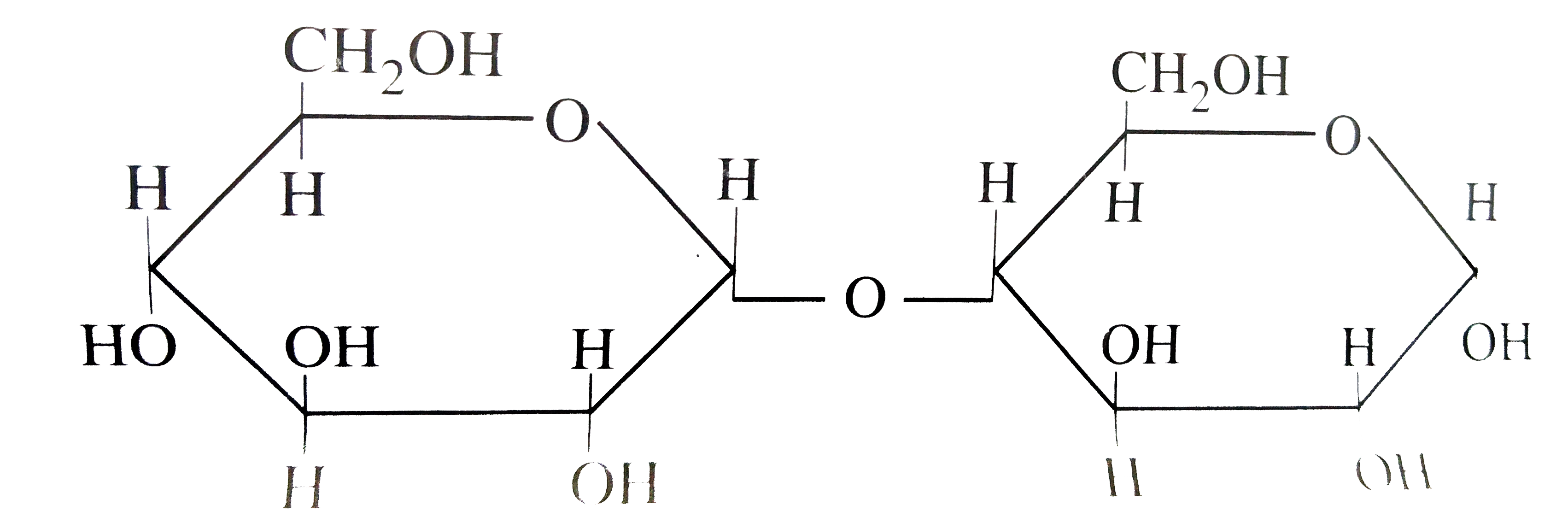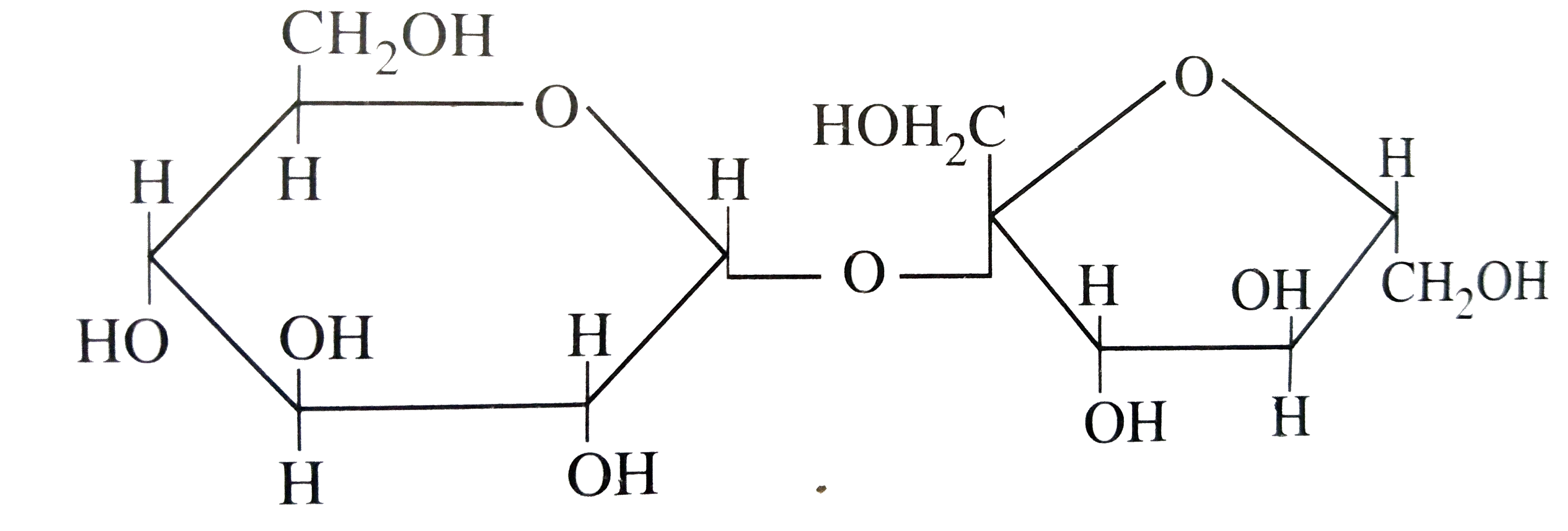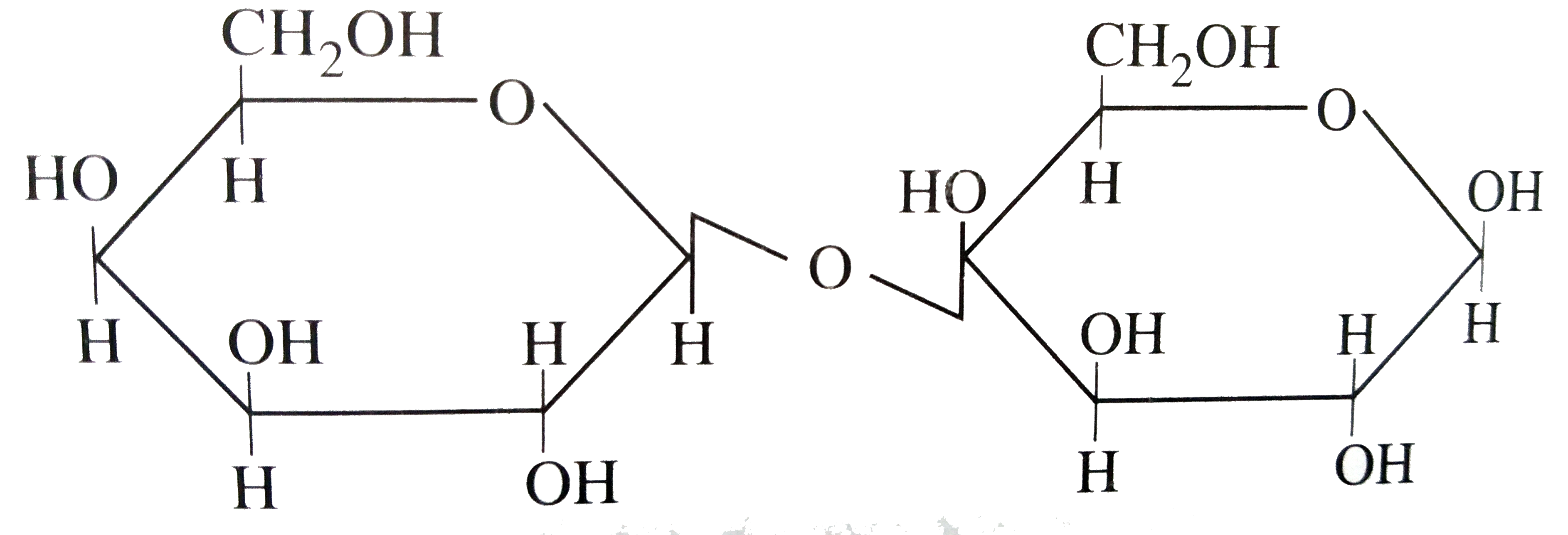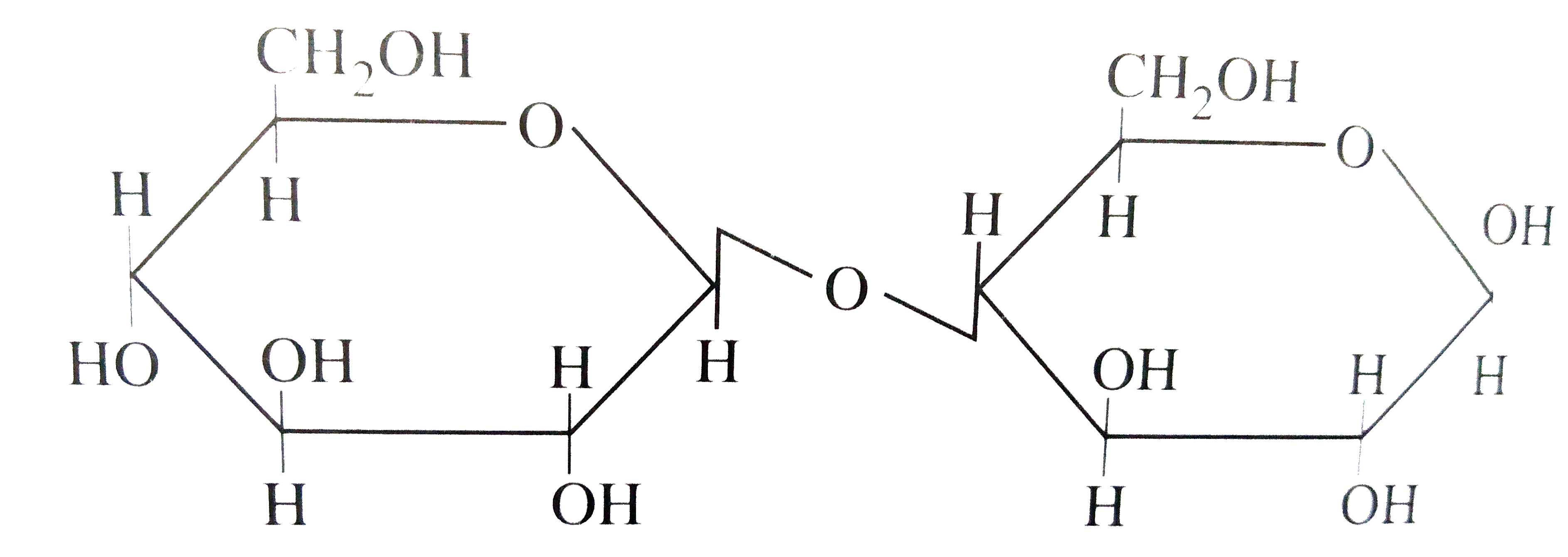Purine without ketonic group is
Adenine
Adenosine
Cytidine
Thymidine
The correct Answer is:A
To determine which purine does not have a ketonic group, we can follow these steps:
Step 1: Understand what purines are
Purines are a type of nitrogenous base that are essential components of nucleic acids (DNA and RNA). The two main purines are adenine and guanine.
Hint: Purines are characterized by their double-ring structure and are classified as nitrogenous bases.
Step 2: Identify the ketonic group
A ketonic group is a functional group characterized by a carbon atom double-bonded to an oxygen atom (C=O) and is typically found in ketones. In the context of purines, we need to identify which of the two purines contains this group.
Hint: Look for the presence of a C=O bond in the structures of adenine and guanine.
Step 3: Analyze the structures of adenine and guanine
- Adenine: The structure of adenine does not contain a ketonic group. It has an amine group (NH2) but lacks the C=O bond.
- Guanine: The structure of guanine contains a ketonic group (C=O) at one of its carbon atoms.
Hint: Draw or visualize the structures of both adenine and guanine to see the presence or absence of the ketonic group.
Step 4: Conclusion
Since adenine does not have a ketonic group while guanine does, the purine without a ketonic group is adenine.
Final Answer: Adenine
Purines are a type of nitrogenous base that are essential components of nucleic acids (DNA and RNA). The two main purines are adenine and guanine.
A ketonic group is a functional group characterized by a carbon atom double-bonded to an oxygen atom (C=O) and is typically found in ketones. In the context of purines, we need to identify which of the two purines contains this group.
- Adenine: The structure of adenine does not contain a ketonic group. It has an amine group (NH2) but lacks the C=O bond.
- Guanine: The structure of guanine contains a ketonic group (C=O) at one of its carbon atoms.
Since adenine does not have a ketonic group while guanine does, the purine without a ketonic group is adenine.
Topper's Solved these Questions
- BOOK - AAKASH SERIESCHAPTER - BIOMOLECULESEXERCISE - EXERCISE - II (Enzymes)12videos
BIOMOLECULES
- BOOK - AAKASH SERIESCHAPTER - BIOMOLECULESEXERCISE - EXERCISE - III (Previous AIPMT/NEET Questions)84videos
BIOMOLECULES
- BOOK - AAKASH SERIESCHAPTER - BIOMOLECULESEXERCISE - EXERCISE - II (Lipids)18videos
BIOMOLECULES
- BOOK - AAKASH SERIESCHAPTER - BIOLOGICAL CLASSIFICATIONEXERCISE - EXERCISE-III (Previous AIPMT/NEET Question)37videos
BIOLOGICAL CLASSIFICATION
- BOOK - AAKASH SERIESCHAPTER - CELL CYCLE AND CELL DIVISIONEXERCISE - Exercise-III18videos
CELL CYCLE AND CELL DIVISION
Similar Questions
Knowledge Check
- Question 1 - Select One
In disaccharides, if the reducing groups of monosaccharides, i.e., aldehydic or ketonic groups are bonded, these are non-reducing sugars. Which of the following disaccharide is a non-reducing sugar?
A B
B C
C D
D
Assertion : all monosaccharides give benedict's test
Reason : all monosaccharide contain free aldehyde or ketonic groupView SolutionWhich gives ketonic group after hydroboration oxidation :
View SolutionIn disaccharides, if the reducing groups of monosaccharides, i.e., aldehydic or ketonic groups are bonded, these are non-reducing sugars. Which of the following disaccharide is a non-reducing sugar?
View SolutionEnzyme catalysis optical or geometrical rearrangement of atomic groupings without altering molecular weight or number of atoms is
View SolutionWhich one of the following has no free aldehyde or ketone group ?
View SolutionSubstitution of a purine with another type of purine is called
View SolutionPurines of RNA are
View Solution

